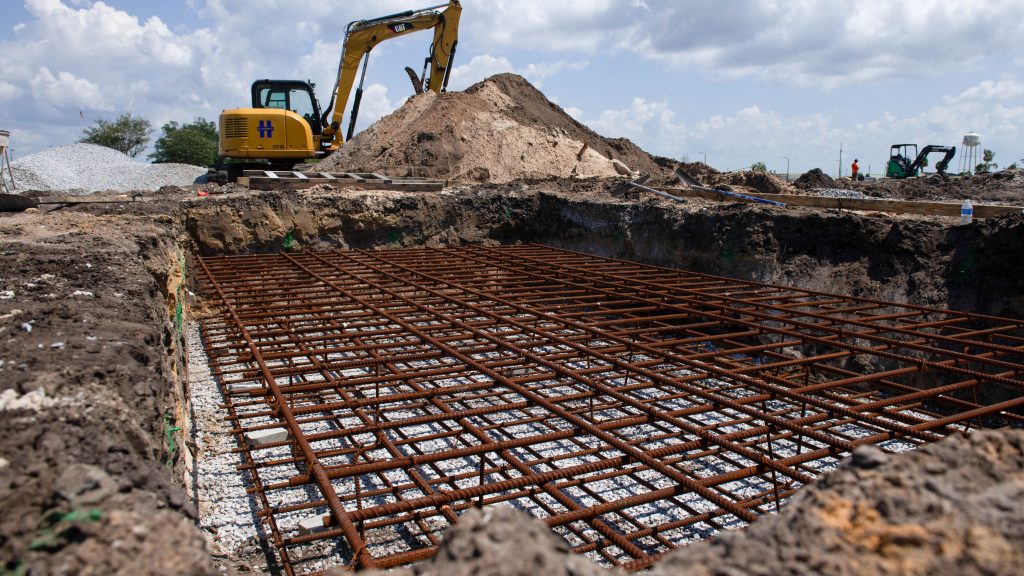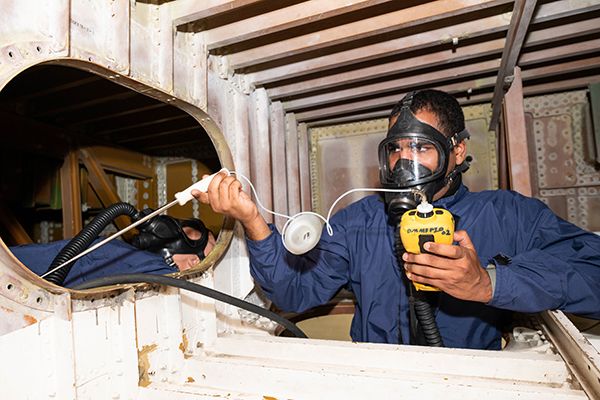By Chris Thomson, P.E., CCP, PMP
A newly developed escalation forecasting methodology for major capital acquisition projects improves on previous models with a Monte Carlo simulation to increase accuracy.

From 2016 through 2020, it became increasingly obvious that the reference data commonly used by estimators underestimates the cost of escalation. Based on research of existing estimating practices, three primary sources of error were identified.
First, most estimators use a single source, usually an index, for forecasting escalation. A more suitable model to forecast escalation utilizes multiple sources. At a minimum, the model should consider two indexes: one that represents real price growth of the commodity or service that is being estimated; and a second index that represents overall inflation.
Second, most escalation tables are a “black box”—the specific factors and methodologies used to determine indexes are not transparent and cannot be validated.
Lastly, estimators make false assumptions regarding historical economic performance. For example, during periods of high inflation (above 5.0 percent), U.S. government sources typically predict that inflation will reach a “historical long-term rate” of 2 percent to 3 percent within any given six-month to 24-month period. During the years from 1920 to 2020, inflation remained above 5 percent for significantly longer periods of time, especially during periods of worldwide market disruption.
To address these inconsistencies, Acuity International committed to developing a new escalation forecasting methodology. This new methodology utilizes a Monte Carlo simulation to improve accuracy and, consequently, the budget management of major federal construction projects.
Initial Approach
An extensive literature search suggested that cost escalation is best modeled as the sum of inflation plus real price change. This quantifies the philosophical approach of utilizing a real price index in conjunction with an inflation index to forecast escalation.
In the initial forecast model, the team utilized an indexed approach, with inflation represented by the Bureau of Labor Statistics index for core inflation and real price change represented by the commodity index for “New Nonresidential Building Construction.” The initial model predicted the one-year escalation for FY2022-23 to be on the order of 30 percent. This high forecast reflected a number of dynamics that had disrupted the U.S. construction economy through FY2021-22.
- COVID-19 pandemic impacts on labor, the manufacturing supply chain, material availability, and construction markets.
- The war in Ukraine’s impacts on commodities pricing.
- Impacts to the global energy market due to many energy, environmental, and economic policies worldwide.
- Import tariffs on commodities (such as steel and timber) and on manufactured goods (such as electronics).
Comparison of escalation history from various sources for the years FY2016 to FY2022, such as bid results for federal projects, validated the initial model. However, a drawback of the initial forecast model was that it required a subjective interpretation of economic data to extrapolate projections of the two indexes through the forecast period.
Enhancing the Model
It became apparent that two adjustments could greatly improve the accuracy of the forecast model. The first adjustment was to discretize real price into multiple commodities; the second adjustment was to treat escalation forecasting as a risk analysis. This second adjustment led the team to consider a probabilistic approach, such as through a Monte Carlo simulation.
With this in mind, two escalation models were run: one being representative of vertical (building) construction, and the other being representative of horizontal (sitework) construction.
Each of the improved forecast models started by first performing a bottoms-up estimate of the construction project. Next, each cost item from the bottoms-up estimate was classified into discrete labor, equipment, or material commodities. In the building project model, real price change is discretized into 50 separate commodities, while in the civil project model it is discretized into 23 separate commodities.
After that, the team determined a one-year escalation forecast for each discrete labor, equipment, and material commodity, along with a core inflation forecast. Where available, forecasts were determined by surveys of suppliers. Otherwise, they were established by extrapolating historic commodities data. The Congressional Budget Office’s one-year forecast for core personal consumption expenditures was used for the core inflation forecast.
Each commodity forecast then became a risk event for the Monte Carlo simulation and had a weighted contribution to the overall escalation forecast. The contribution of each commodity is equal to (% contribution of the commodity to the cost of the project) x (commodity forecast + (inflation forecast x commodity forecast)). The overall escalation is the sum of the inflation and commodity contributions.
The last step was to conduct a peer review of the results. Peer reviews confirm the validity of using external market expert-provided escalation ranges and uniform-shaped probability distributions. Optionally, the forecast may be extrapolated through an extended forecast period. However, due to limitations of current technology to predict the many variables in the future, economic forecasting beyond 12 months is highly subjective, and usually just a hopeful guess.
Based on data available in April 2023, the improved methodology forecasted a 15.62 percent one-year escalation for the vertical construction model, and 19.55 percent one-year escalation for the horizontal construction model. For a federal campus-type facility, vertical construction (buildings) comprises approximately 70 percent of total facility construction cost. Sitework (horizontal construction) comprises the other 30 percent of the total cost, based on previous experiences. Considering that 70/30 split, a reasonable estimate of overall FY2023-24 escalation for a federal campus-type facility is 16.80 percent.
The current forecast, which is significantly lower than the FY2022-23 forecast, reflects improvements to the inflation rate due to Federal Reserve actions and corrections to the supply chain that have manifested since the end of pandemic restrictions on construction projects.
Increasing Accuracy
The implementation of the Monte Carlo simulation method significantly improves the accuracy of escalation forecasting for construction projects. The results have positive implications to improve budgetary management of major federal capital acquisition projects.
As the contractor community continues to seek more accurate predications, key lessons from the enhanced forecasting model offer guidance for further implementation.
- Developing a custom Monte Carlo model to predict escalation for a federal capital project is not excessively labor intensive.
- Discretizing real price into numerous multiple commodities benefits escalation forecasts.
- Escalation forecasts should include input from manufacturers, suppliers, and other experts.
- Economic forecasting beyond 12 months is highly subjective.
Chris Thomson, P.E., CCP, PMP, is Senior Professional Engineer, Acuity International; chris.thomson@acuityinternational.com.
More News from TME
-

Providing Benefits Through Adaptive Reuse of Federal Assets
Reconfiguring existing sites or buildings for a new mission has many inherent advantages to solve challenges that face federal entities, but key considerations need to be accounted for in order to maximize value. -

Developing an Engineering Standard of Care for Cyber Safety
There is growing urgency to secure the nation’s critical infrastructure from a cyberattack, which will require improvements in both federal policies and day-to-day operations to strengthen response and recovery from incidents. -

Reducing Health Risks When Working in Confined Spaces
Completing an audit of the hazards, permits, and roles and responsibilities associated with confined spaces can help alleviate health risks and enhance worker protections around these aspects of facilities.